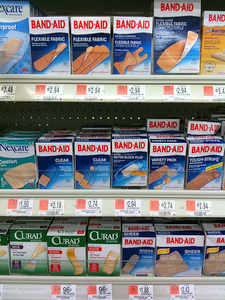
It’s been no surprise to see a flood of books aiming to unravel the causes of the financial crisis of 2007-2009. By many accounts, Gregory Zuckerman’s “The Greatest Trade Ever: The Behind-the-Scenes Story of How John Paulson Defied Wall Street and Made Financial History” is the best of the bunch.
Now Michael Lewis, one of our favorite financial authors, has thrown his hat into the ring and released “The Big Short: Inside the Doomsday Machine.” Lewis is one of the most engaging writerss working today, with a particular flair for apt analogies and clear phrasing (“A credit-default swap was confusing mainly because it wasn’t really a swap at all. It was an insurance policy…”)
By weaving compelling characters into his narrative, he manages to entertain while informing. No mean feat.
For a taste of Lewis’ latest, check out the long excerpt in Vanity Fair. You’ll see that it reads like a thriller and crystallizes a lot of the thinking that’s surrounded this epic debacle.
(By the way, note the interesting phenomenon on Amazon’s customer reviews of the Michael Lewis book. Almost every one-star rating bemoans the lack of a Kindle version of the book, not the actual content of the book.)



